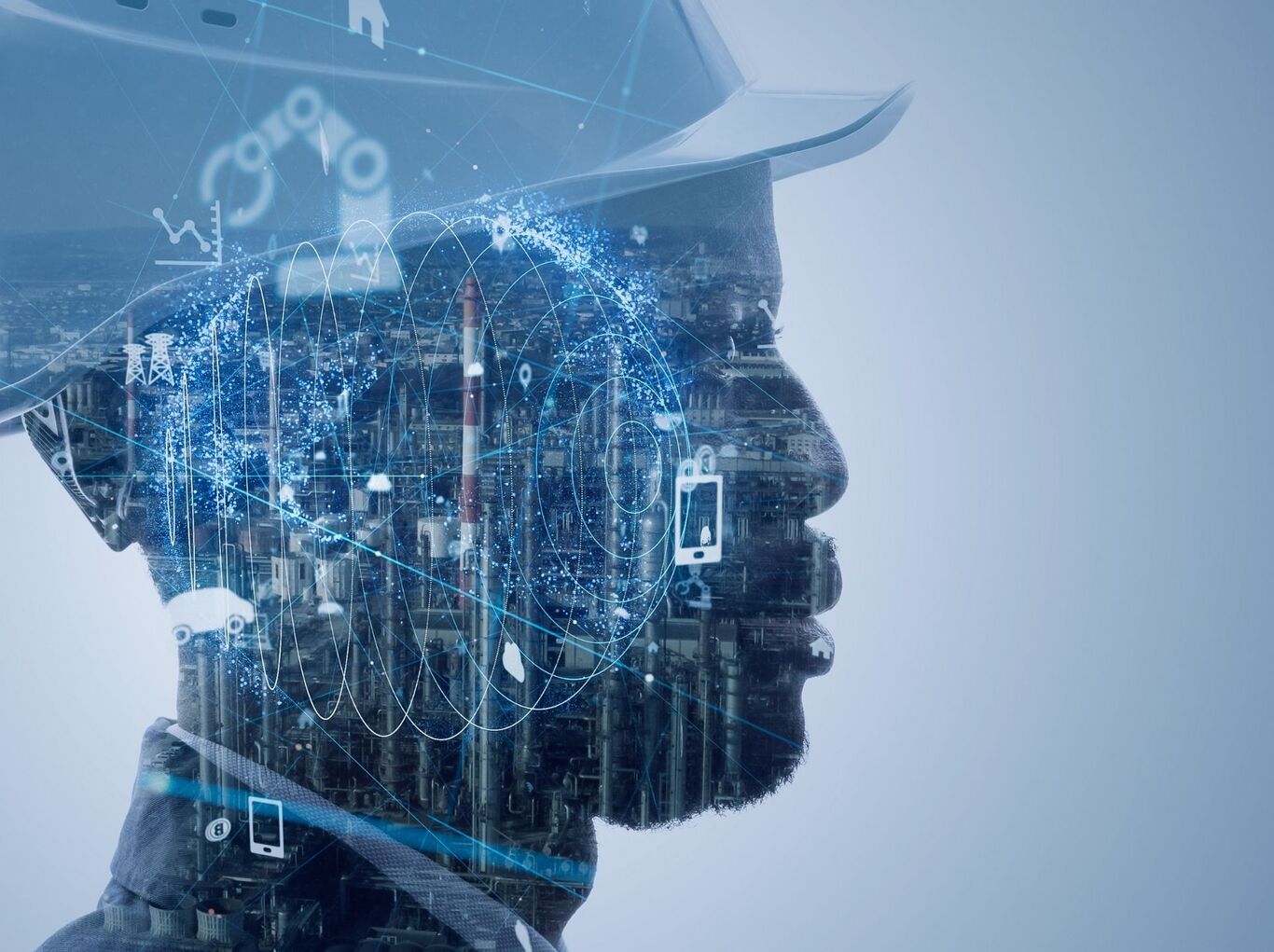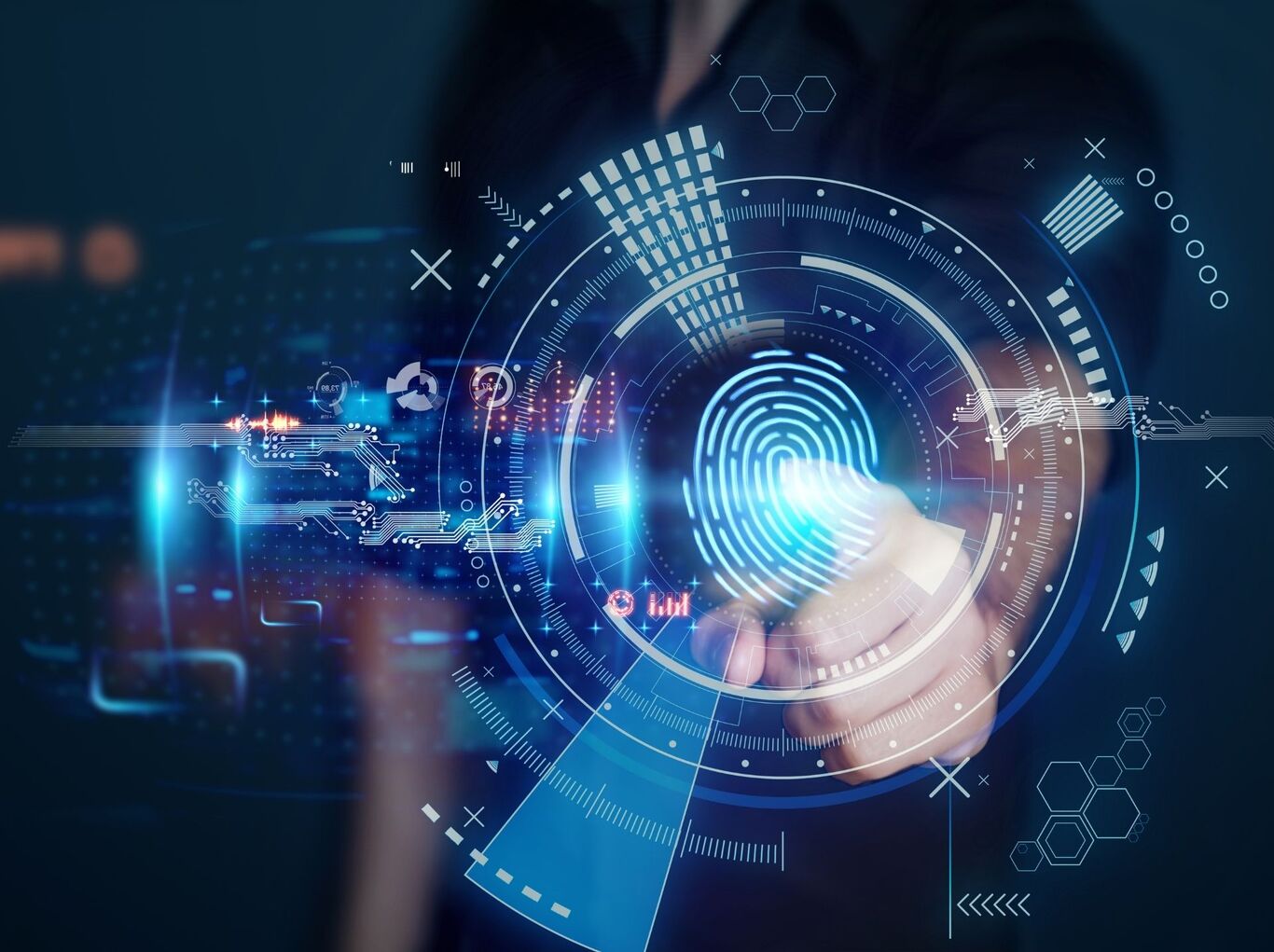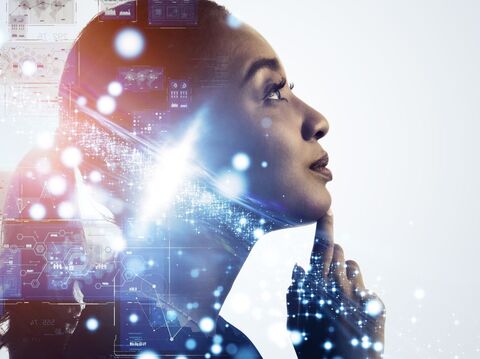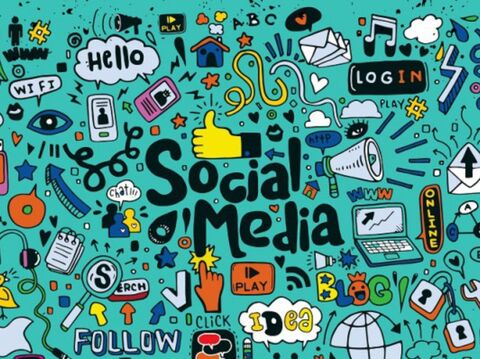Can Agentic AI in Social Media Marketing Run Your Feeds for You?

Scroll through Instagram or X (formerly Twitter) during breakfast, and the feed has already shifted by lunch. A single post enjoys about forty-three minutes of real visibility before sinking into the noise.
Yet brands must stay present, witty, and on-trend every hour. That is why agentic AI in social media marketing is rapidly rising to the top of the priority list. 86% of marketing leaders plan to deepen AI use over the next two years because manual dashboards cannot keep pace.
Agentic systems do the heavy lifting:
-
AI-driven content creation drafts platform-ready posts
-
Real-time trend monitoring flags viral moments
-
Automated social engagement replies before your competitors even see the mention.
-
Layer in intelligent audience targeting and each update feels personal rather than sprayed.
The result is a feed that stays live, human, and relevant while your team focuses on big ideas instead of scrambling for the next caption.
Why does Social Media need Agentic Intelligence?
Social media or digital mediums, in general, are a world where content fatigue is real, and platform algorithms shift like sand. Thus, it demands more intelligent systems. Static tools and manual planning can’t keep up with the changing algorithms anymore.
Here’s why agentic AI in social media marketing is the need of the hour:
-
Speed: Platforms move fast. Only self-learning systems can adapt in real-time.
-
Volume: Brands need to publish and personalise at scale, and goal-based social media automation solves that.
-
Insights: Human teams can’t process data from millions of interactions, but self-adaptive marketing bots can.
-
Consistency: Brands need 24/7 automated social engagement to stay top-of-mind.
Learn more about agentic AI and how it is impacting businesses globally
4 Core Capabilities of Agentic AI in Social Media
Agentic AI is not like typical automation tools, it learns, reacts, and makes decisions independently.
Here is how it is reshaping execution:
1. Dynamic content generation
Artificial intelligence (AI) has evolved beyond being a mere helper and is now capable of independent creation. Agentic AI can generate high-quality content in text, video, or graphic formats while ensuring that the final product meets audience expectations. This enables content creators to scale their operations without compromising creativity.
Tools like HubSpot’s social media agent Breeze generate customised posts for each platform, combining copy, tone, and visuals. Here’s what marketers reported:
-
According to 75% of marketers, adopting AI enhances their creativity when creating content for social media.
-
72% of marketers say AI-assisted content performs better.
This is just autonomous brand storytelling powered by context and trends.
Did you know?
Coca-Cola utilised an AI-powered creative platform to generate dynamic ad content tailored to regional audience sentiment, resulting in a 3x increase in engagement in select markets.
2. Autonomous post scheduling
Agentic systems automatically schedule posts based on historical performance data. Instead of a trial-and-error approach, AI identifies high-engagement windows and makes adjustments based on their behaviour.
AI scheduling assistants utilise various AI techniques, including machine learning (ML), natural language processing (NLP), and predictive analytics to identify trends on your calendar and determine optimal scheduling times for posts. They also gain insight from your constant feedback.
3. Real-time sentiment analysis
Agentic tools monitor social platforms continuously, flagging both praise and crises. Lyft, for instance, used AI (Claude) to cut support resolution time by 87%, showing the power of sentiment-aware campaign management in action.
Did you know?
Sephora uses AI-powered sentiment monitoring to adjust promotional language and product targeting in real time. This drastically improves campaign resonance.
4. Platform-specific optimisation
Multi-platform optimisation agents adjust content formats, images, and messaging to conform to each channel's specific algorithms, increasing engagement and visibility.
3 Use Cases of Agentic AI in Social Campaigns
Agentic AI is changing more than just writing posts. It also changes creative processes and targeting. Let's take a look at how the big names in the industry are using it:
1. Influencer collaboration agents
L'Oréal teamed with Influencity, a tool for influencers, to add agentic AI to its marketing stack. This AI-led influencer marketing solution lets the company automatically find the right influencers, reach out to them, and keep track of campaign KPIs across regions. As a result? A 27% rise in engagement and more efficient content delivery across all of its consumer divisions.
2. Trend monitoring and hashtag intelligence
Coca-Cola utilised AI-driven trend discovery tools during its “World Without Waste” initiative. The platform flagged rising hashtags related to sustainability, enabling Coca-Cola to launch a nimble campaign that reached over 2 million users. The campaign also saw a 70% increase in shareability within just seven days.
3. AI moderation and community management
LinkedIn implemented AI moderation algorithms to proactively scan, filter, and guide interactions on its posts and live events.
Thanks to its AI-generated response models, this reduced spam and toxic replies by 85% while still keeping the tone of engagement highly professional and human-like.
7 Benefits of Using Agentic AI in Social Media Marketing
Agentic AI reshapes how brands create and connect in the social space to retain their audience. Here are some of the top benefits of using AI in social media marketing:
1. Scalability: Forget manual scheduling. With multi-platform optimisation agents, you can push tailored content across Instagram, LinkedIn, X, and TikTok instantly and at scale.
2. Relevance: No more missing the moment. Agentic systems respond to real-time conversations, trends, and mentions, keeping your brand part of the narrative as it unfolds.
3. Efficiency: AI can automate repetitive tasks and reduce operational workload by up to 40%. That’s more time for strategy, experimentation, and real engagement.
4. Accuracy: With intelligent audience targeting, campaigns are no longer guesswork. Agentic AI analyses user behaviour to deliver precision content, improving reach and ROI.
5. Adaptability: Social isn’t static, and neither is agentic AI. It adapts on the fly, tweaking posts, creatives, or targeting based on what’s resonating in the moment.
6. Creativity: Let bots handle the bulk, so your creative team can focus on bold ideas, storytelling, and unique value that machines can’t replicate.
7. Consistency: From tone to timing, autonomous brand storytelling agents ensure your brand sounds like you across every channel, post, and campaign.
What are the Hurdles of Using Agentic AI in SMM?
Agentic AI could change how media works, but getting people to use it is hard. A lot of companies jump right into using AI without planning ahead, which wastes time and money.
These are the agentic AI in social media marketing challenges to look out for:
Overlooking ethics and bias
When algorithms are taught on historical data, they often carry the biases of the people who trained them. If you aren't careful, intelligent audience targeting can spread false information or skew narratives, which can risk trust and compliance.
Skipping human oversight
AI can write quickly, but it doesn't always get it right. Content may not have enough context or nuance. Editors must embrace AI-driven content creation but must ensure it is correct in terms of grammar, tone, and relevance.
Learn more about human-in-the-loop systems for AI agents
Ignoring privacy laws
Agentic AI requires a substantial amount of data to function effectively, but real-time trend monitoring shouldn't compromise user privacy. If you violate the GDPR or CCPA, you could face substantial fines and damage your brand's trust in the long term.
Rushing without a strategy
Deploying AI tools without a roadmap leads to chaos. Integration, training, and long-term goal alignment are non-negotiable for sustainable outcomes.
Training with weak data
Feeding your AI stale or biased data cripples its performance. Only well-curated datasets access real potential.
Lacking transparency
People feel manipulated when AI decisions, like why a post was boosted or content altered, can't be explained. Here, transparency is not a choice; it's a must.
Agentic AI vs Traditional Social Media Tools
The leap from automating execution to automating intelligence marks a turning point in digital marketing. Agentic AI leads the shift in social media.
Here is how they differ:
| Feature | Agentic AI | Traditional Tools |
|---|---|---|
| Autonomy | Acts independently with defined goals; adjusts actions in real time | Requires constant manual input and scheduling |
| Content Creation | Generates customised posts using tone, format, and data insights | Offers templates or scheduling for pre-written content |
| Real-time Adaptation | Continuously monitors performance and optimises content mid-campaign | Static posts; changes must be made manually after results are reviewed |
| Audience Targeting | Uses predictive models for intelligent audience targeting | Relies on historical performance or preset demographic filters |
| Scalability | Publishes and adapts across platforms simultaneously | Handles one platform at a time; multi-platform use is manual |
| Efficiency | Reduces workload by automating end-to-end campaign management | Time-consuming with repetitive, manual tasks |
| Creativity Support | Frees up human teams to focus on storytelling and strategy | Creative teams manage execution and planning |
| Consistency | Maintains tone and message via autonomous brand storytelling | Risk of inconsistency across platforms due to human error |
The Future of Agentic AI in Social Media Strategy
80% of customer interactions, even those that happen on social media, will likely be handled by agentic AI by 2029. Don't worry! It doesn't mean marketers will be replaced in the future. It just means that AI will make them better.
Meta's Horizon project is testing multi-platform optimisation agents that can create and localise content for Facebook, Instagram, and Threads with minimal human input.
There will be more marketing bots that can change on their own and even learn from the ads they run. As AI improves at making stories and plans with autonomous brand storytelling, creative teams will move from workers to orchestrators.
Agentic AI Across Different Industries
With its potent ability to enable intelligent, autonomous decision-making, Agentic AI is actively reshaping industries. Explore how it's being applied across sectors like healthcare, retail, education, legal, and more to drive innovation and efficiency.
How GrowthJockey Powers your Journey with Agentic AI in Social Media Marketing
Agentic AI in social media marketing is the next big thing. That means we're shifting from old-style technology to intelligent systems that are fully automated. The agentic process changes brand interactions and growth because it modifies in real-time to offer highly personalised actions and improve campaign lifecycle solutions.
At GrowthJockey, we help businesses deploy agentic AI with precision and purpose. From crafting ethical, AI-driven content creation pipelines to real-time trend monitoring, we ensure your AI agent works smart, safe, and in sync with your brand.
FAQs on Agentic AI in SMM
1. What is agentic AI in social media marketing?
Agentic AI in social media marketing is an autonomous layer that plans, executes, and optimises campaigns without waiting for prompts. It blends AI-driven content creation, goal-based social media automation, and real-time decision loops to publish posts, test variants, and redirect spend in milliseconds. The system senses data, reasons against targets, then acts - freeing teams to focus on big-picture strategy.
2. How does agentic AI improve real-time trend monitoring and content creation?
Self-adaptive marketing bots watch millions of signals such as hashtags, sentiment, share velocity and feed insights straight into AI-driven content creation tools. When a topic spikes, the bot drafts platform-specific copy, selects visuals, and schedules instantly.
Brands using agentic platforms report 2-3x faster content ranking because the loop from detection to post now runs in seconds, not hours.
3. Can agentic AI handle automated social engagement without human oversight?
Yes. Through natural-language policies and sentiment-aware campaign management, agentic systems triage mentions, draft replies, and escalate only edge cases.
Gartner finds that firms with automated social engagement cut routine response time by up to 80% while keeping satisfaction high. Human teams still set the tone and guardrails, but the bot handles volume, ensuring round-the-clock presence.
4. Is agentic AI effective for intelligent audience targeting and influencer campaigns?
Very! Agentic engines blend CRM, pixel, and behavioural data to build micro-segments and push creative variations that fit each cluster. In tests by IDC, brands using intelligent audience targeting and AI-led influencer marketing saw engagement rise 27% and CPA fall 18% within one quarter, proving the model scales spend more efficiently than manual look-alike methods.








